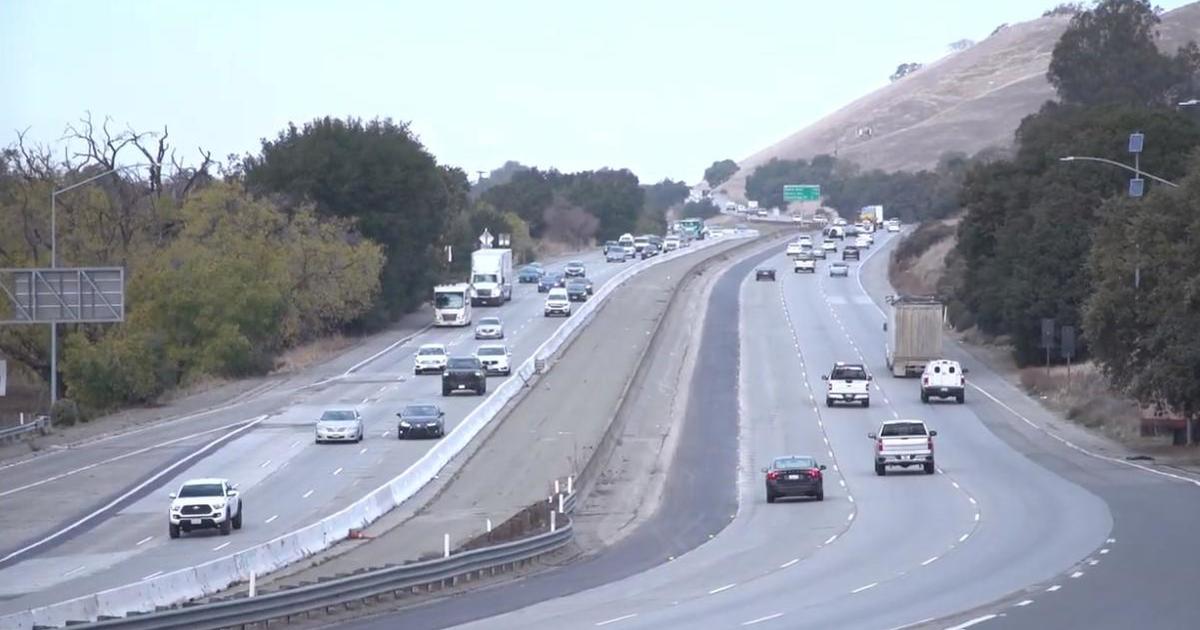UC Berkeley Group Builds Interactive COVID-19 Mapping Tool For Vulnerable Populations
BERKELEY (CBS SF) -- A new online mapping tool is helping researchers more accurately locate California communities most at risk from the novel coronavirus.
The interactive tool features more than a dozen distinct data points -- including COVID-19 infection and mortality rates -- and overlays that information on a state map highlighting pollution levels by county or neighborhood.
MAP: COVID-19: Mapping Vulnerable Populations
"As this crisis has advanced, we wanted to bring the work we were doing to the coronavirus analysis," said Arthur Gailes, the fair housing coordinator for the Opportunity Mapping Project at the University of California at Berkeley's Othering and Belonging Institute, which built the tool.
"What are the groups that are disproportionately vulnerable specifically due to the quarantine and the economic crisis?" Gailes said. "Where are people specifically likely to be the most hurt by this crisis?"
For example, based on a recent Harvard University study that links COVID-19 mortality rates with increased levels of air pollution, it would appear that places like Bakersfield, Fresno and Visalia could be more vulnerable to the virus than places with healthier air quality.
One of the reasons for this is that people who live in places with persistently poor air quality tend to also have a greater likelihood of suffering from chronic conditions like asthma, said Dr. Mary Prunicki, director of Air Pollution and Health Research at Stanford Medicine.
However, even people without chronic respiratory or cardiovascular health problems who experience prolonged exposure to pollution are thought to be at greater risk from the coronavirus.
"Even if you don't have asthma, there are changes on the cellular level from exposure to air pollution," Prunicki said. "When you're hit with something like a virus, especially this virus, and you've got immune cells not working as well, it's going to cause more problems," she said.
And this interplay between the virus, air pollution and chronic health conditions is expected to land more heavily on low-income populations and communities of color.
"It's well known that the less fortunate share a bigger burden of the air pollution exposure," Prunicki said.
The map also allows users to look at specific counties or neighborhoods in order to track potential vulnerabilities, like what percentage of the population lives below the poverty line, has limited English skills, works in vulnerable jobs, is classified by the U.S. Centers for Disease Control and Prevention as "socially vulnerable" and lives in overcrowded households, among other things.
The map also includes population percentages by race. In addition to helping researchers better understand the effects of the pandemic, the tool, which launched on March 30, is helping government and nonprofit groups more accurately target aid to the state's most vulnerable communities, Gailes said.
Soon the map will feature even more data.
"Right now, we're in the phase of collecting more data points for communities that are especially vulnerable," Gailes said, including a population's access to information and food and housing instability.
The COVID-19: Mapping Vulnerable Populations tool can be found at https://belonging.berkeley.edu/blog-bakersfield-region-may-face-heightened-risk-covid-19.
© Copyright 2020 CBS Broadcasting Inc. and Bay City News Service. All Rights Reserved. This material may not be published, broadcast, rewritten or redistributed.



